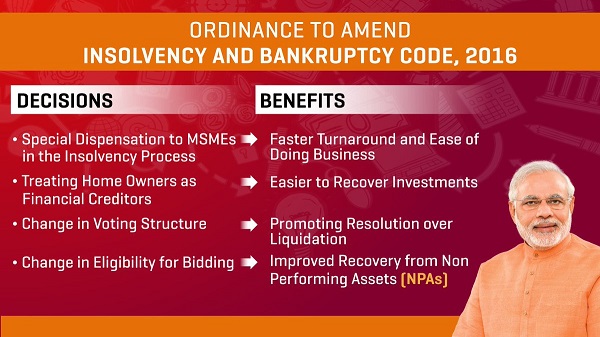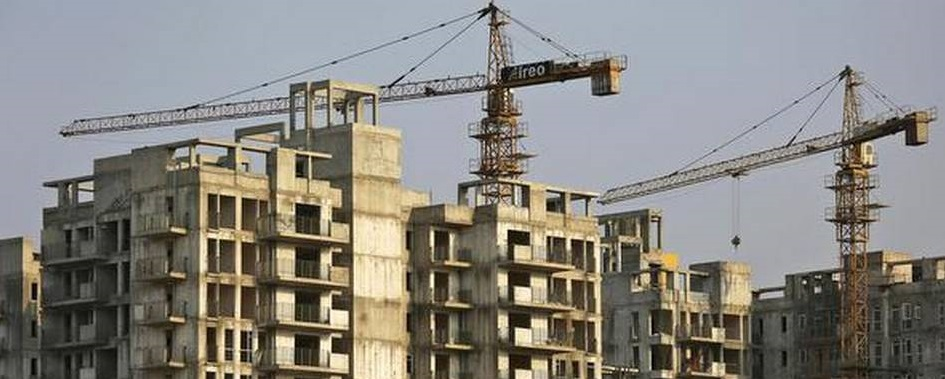A group of real estate developers of Maharashtra recently moved the Bombay High Court against the Goods and Services Tax (GST) Council, central, and the state government of Maharashtra of late.
As per the latest industry reports, the prime reason behind dragging the central, state government, and the GST council is the applicability of GST on mere transfer of land development rights by the owner to a realty developer.
To be more specific, real estate developers challenged a recent notification which made the transfer of development rights from the land owner to the developers taxable under the revised tax regime.
In a notification published in January 2018, GST council mandated that if any construction work falls under the Joint Development Agreement (JDA) category, wherein a landowner transfers the land to a developer and gets apartment, a certain amount of revenue or a combination of both in return; GST would be levied on both the land owner and the real estate developer.
“In the past, such transactions were exempt from the tax system. Now, that the revised tax regime has been already in force, any real estate transaction under JDA will come under GST ambit and it will seek tax payment from both of the consignees, where the entire land transaction has already been kept out of the GST purview; thus situation is a bit tricky here,”- said Mr. Mahesh Somani, Chairman – National RERA Committee, National Association of Realtors, India (NAR-India).
Starting from the advanced lawsuit, till the unified tax regime – nothing is going in favour of real estate developers. Tax experts consider that with this new notification of GST, it will add to the cost pressure on realty developers even bigger; as such transactions would get slower and complex credit generating process under GST. Again, for this taxability, the acquisition of land will turn to a complex process for the developers as it won’t be easy to settle the consideration with the land owners abiding the new rule.
On the other hand, the government claimed that in most of the cases, real estate developers give apartments to the land owners after the completion of the project which is nothing but consideration for the transfer of the project rights; therefore it shouldn’t be free from the GST purview.
However, the Bombay High Court issued notice to the Union Government of India, state of Maharashtra and GST Council and the next date of hearing is decided on July 9, 2018.
According to the industry experts, GST council has come to this conclusion, considering the rising trend of joint venture agreement between land owners and the developers as these ventures don’t fit in the outright land deal kind. While developers are game for JD ventures for their ease-of-investment business strategy, land owners are up for higher return on investment (ROI) prospect than just one time consideration.




